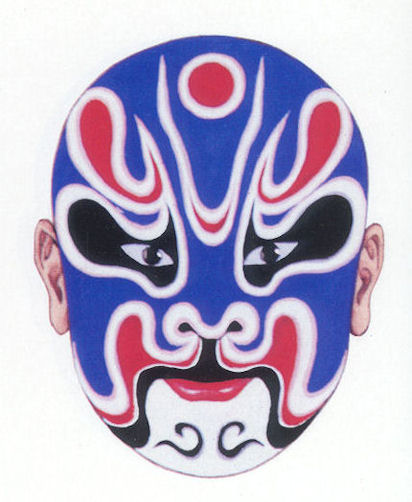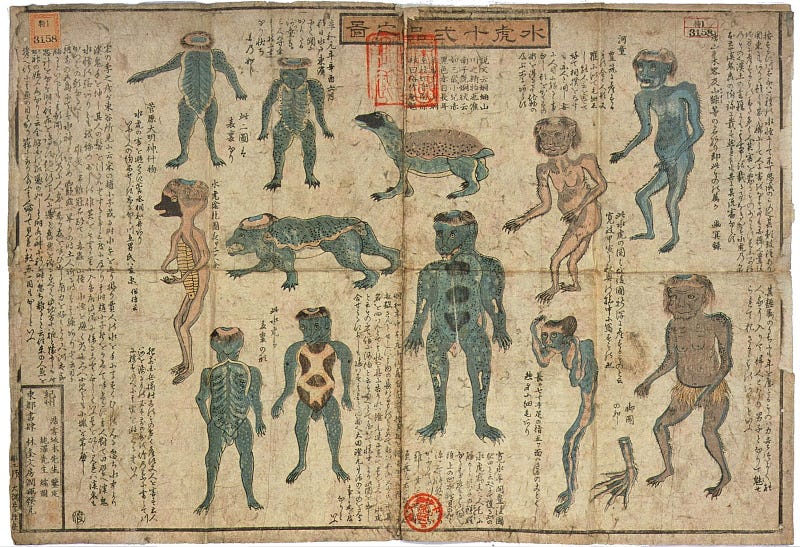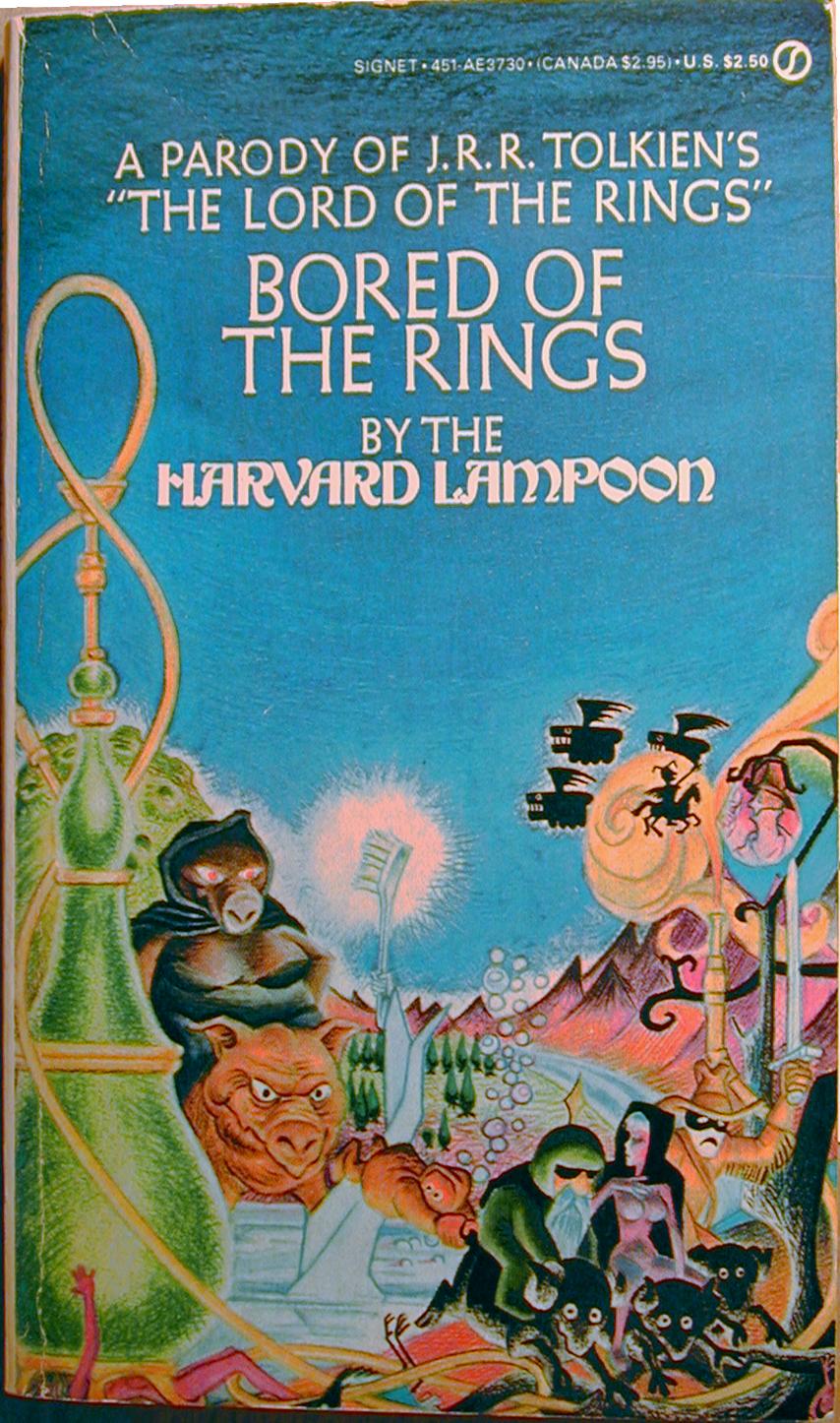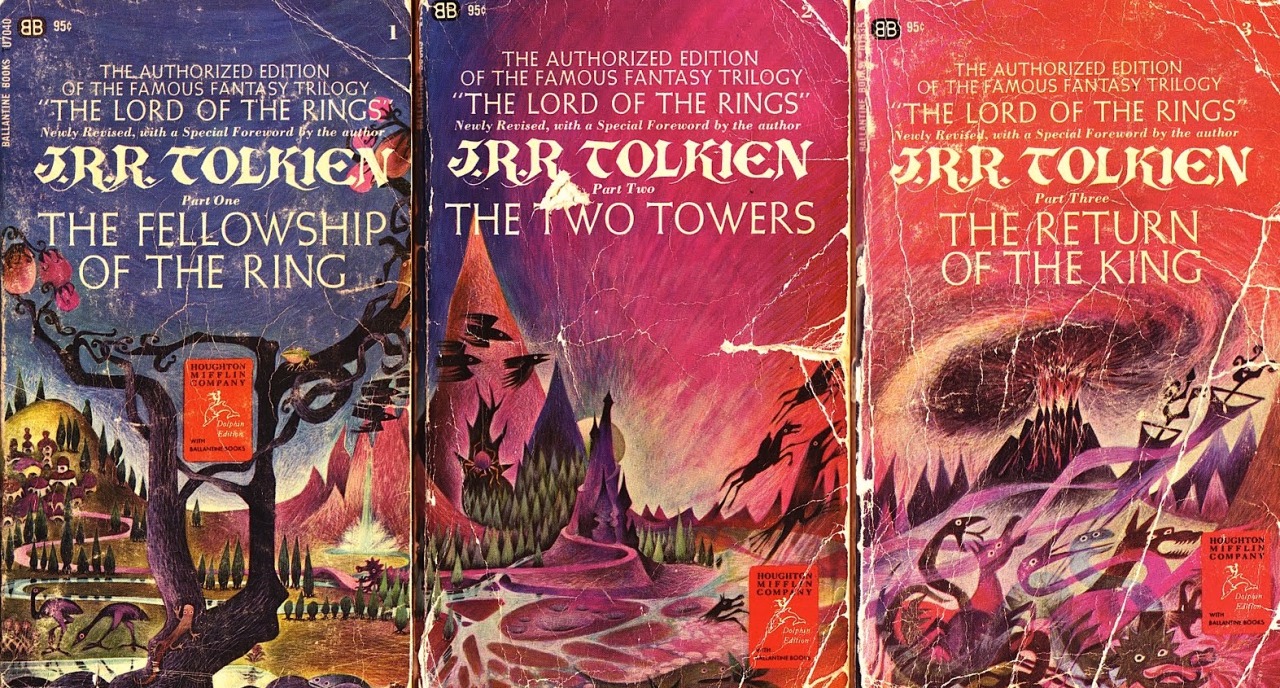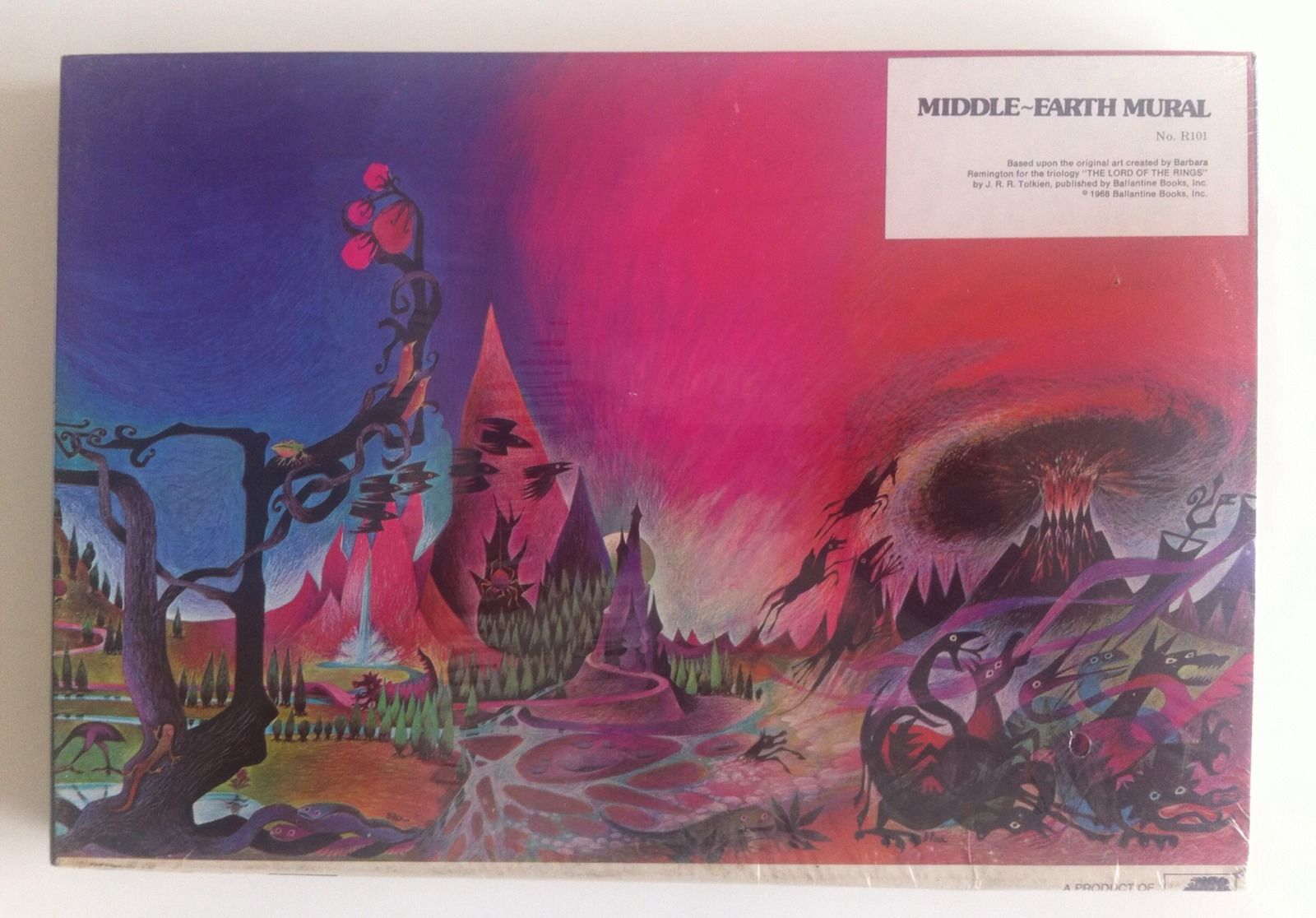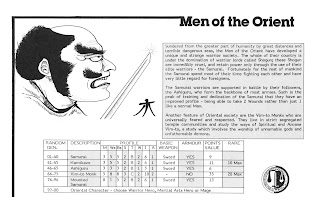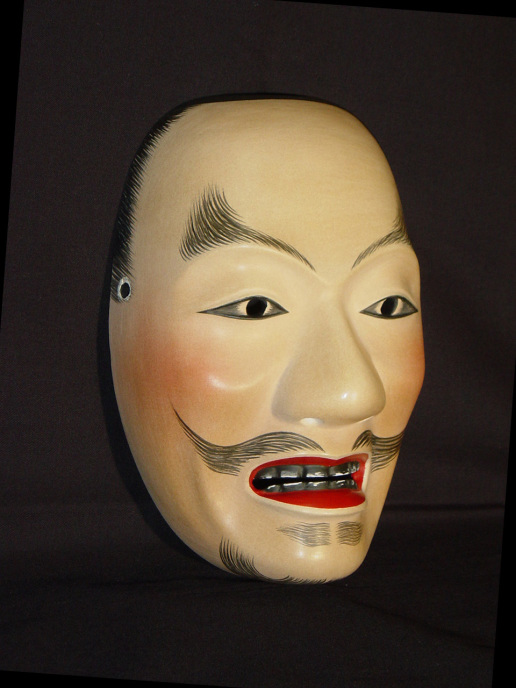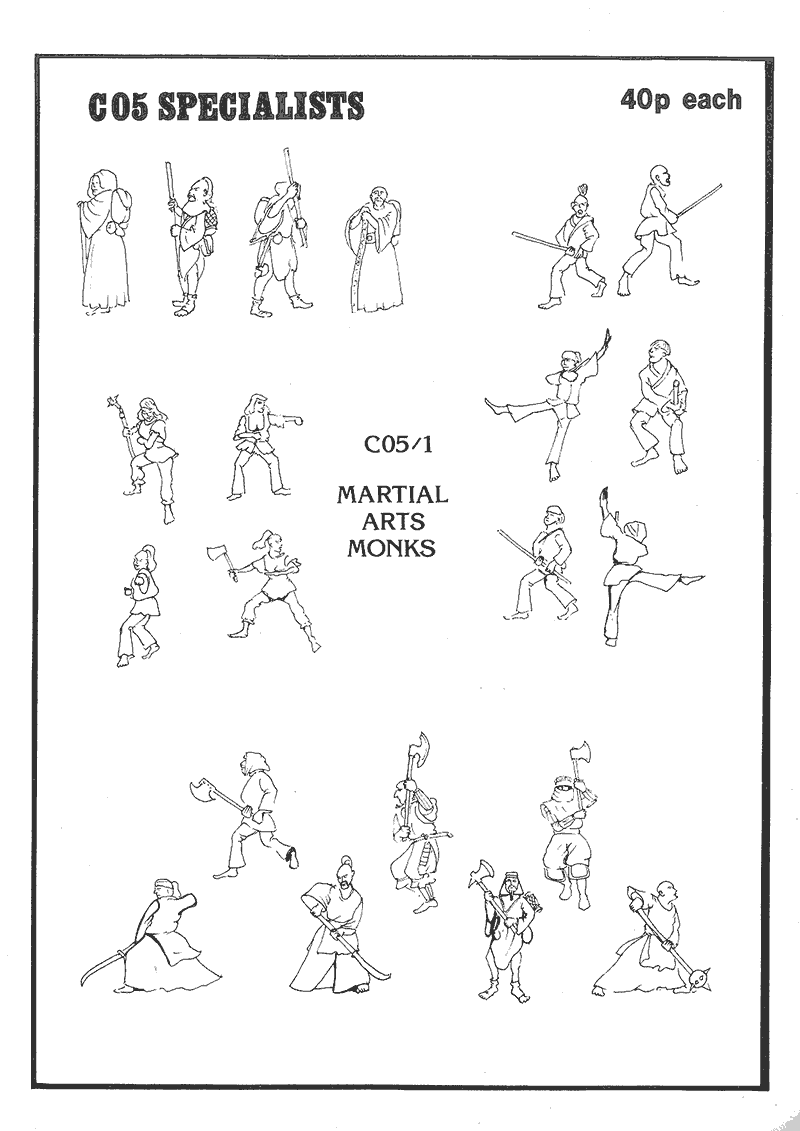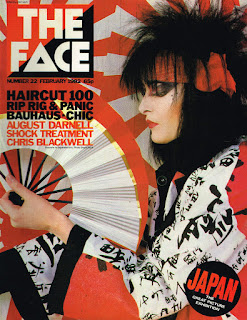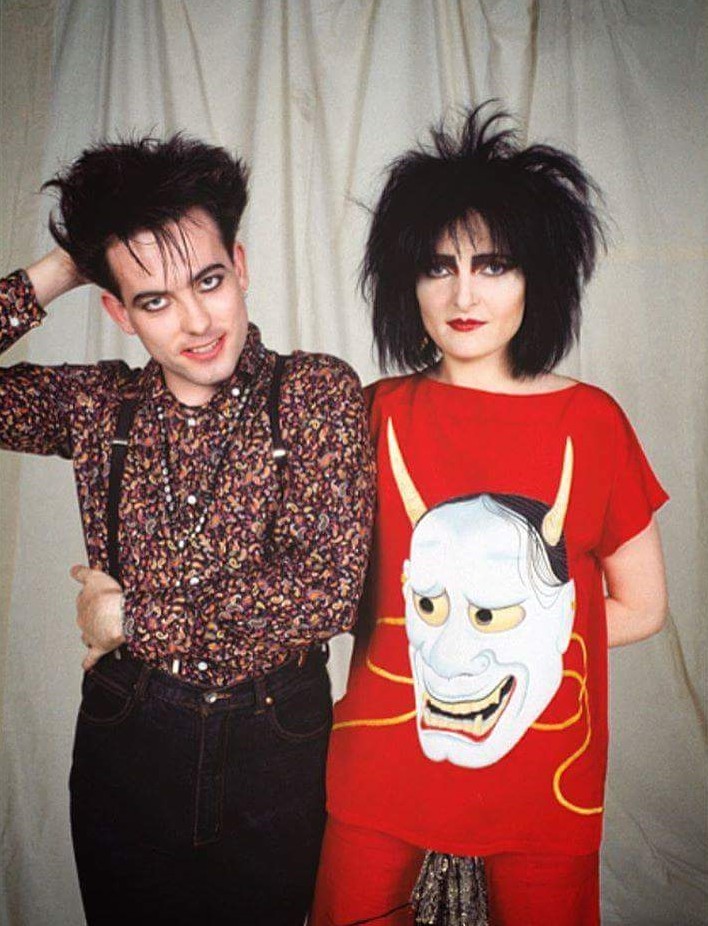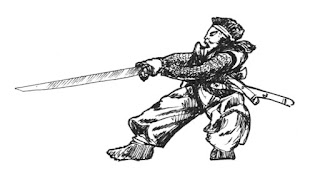Recently came across this abstract war-game in Leapfrogs Action Book: Doodles written by the mathematics education group Leapfrogs, published in 1976. The Leapfrogs group consisted of Ray Hemmings, Derick Last, Leo Rogers, Dick Tahta, and were probably most famous for their radical and occasionally surreal reinvention of educational television in the Leapfrogs and subsequent Junior Maths Independent Television programme for Schools and Colleges series in the 1970s, featuring the mighty talents of Fred Harris Sheelagh Gilbey, Anni Domingo and the scary hands and voice of Sylvester McCoy, the then future and now past seventh incarnation of Doctor Who, who taught children how to count on their fingers using a combination of number bonds and satanic hand gestures.
 |
| Aggression. Page One |
 |
| Aggression Page Two |
Aggression clearly has some conceptual relationship to Albert Lamorisse's 1957 game La Conquête du Monde or Risk but strips it down to its bare essentials, dropping the dice and manoeuvring as a diceless pen and paper game. It should be obvious just by reading the rules that some quite higher mathematical principles underly the strategy of Aggression - the topological spaces and the number of borders of a Country (or 'region') in Stage 1 and the Army (or 'weight') placed in them during Stage 2 can all mathematically described and strategies optimised along mathematical lines, as well as the determining the optional sequence of battles in Stage 3. Pursuing such an exercise could lend itself to the development of strategic algorithms and the design of artificial intelligent players. Although, of course it can just be used to practice arithmetic skills and strategic thinking in a much looser and freer way.
After an initial game Aggression quickly opens up it's strategic depth, the placement of armies in turn and the sequence of attack. But the simplicity of the game invites tinkering, what if weight were allowed to move into adjacent or captured regions? What if regions were allocated resources? what if there were a random element to combat to simulate factors out of the players control?
Then there is also the aspect of talking about the game, and what things get called and how that frames further thinking. What names develop as the game is played to describe certain types of regions and their properties, borders, n-boundaries, edges. What might the 'regions' represent - countries as Solomon initially expressed it, or perhaps parliamentary constituencies, gang territory, biological cells, magnetic fields, ideological categories, markets? Likewise what might 'weight' represent, army size and quality as in the original, or perhaps virulence of disease, Russian internet troll farm activity, propaganda, expression, capital, asteroids, buckets of water. Does thinking with these themes produce insights or creative responses?
Although this variant does looks fun and tactile, I can't help but think the mathematical fluency that The Leapfrogs were keen to develop in players becomes a little lost when counters and visual estimations make adjudicating the outcome of battles over easy. As an aside, I find the almost complete removal of mathematics from contemporary games somewhat tiresome, I'm not a mathematician by any stretch of the imagination, but can enjoy playing with numbers and find practice useful, the game also enlivens practice when knowing number-bonds to 10 and 20 is expected of certain halflings I know, reinforcing that practice becomes important, and doing so whilst having fun - playing games makes it more painless. As does pretending to be a spooky wizard.
Unfortunately commercial games companies seem only interested in shifting plastic toys, big boxes of cardboard and endless glossy books to an existing market whose mathematical skills are atrophied, Expecting mass-market hobby-games to encourage and reinforce numeracy in the late 2010s in the same way they accidentally did in 1980s is a bit much, game culture has been increasingly geared more towards spectacle and conspicuous consumption than it is about strategy or system mastery. And lets face it Aggression is hardly maths-heavy to play, it's certainly not Phoenix Command level, not even Monopoly for that matter. But really, all this dumbed down nonsense should be ashamed, roll under / over target number mechanisms and hand-wavey 'just because' numerical attributes isn't going to level anyone up. We get the culture we deserve I suppose.
The accompanying PDF has maps for several conflicts, including Europe and the Middle East, although written by an American, ALBA does not have the American Civil War, the American War of Independence or Tribal conflicts of the First Nations. Perhaps this encourages some knowledge of world history, or perhaps because gaming warfare often, but not always, needs some distance. Two of the maps supplied are Ireland and Gaza, personally I'd feel a bit comfortable gaming those for entertainment or diversion. I'm not sure how useful or entertaining considering real-world historical or speculative conflicts in such abstract terms devoid of the conditions, logistics or political realities might be, but perhaps using the game in a context where they are discussed, and the game just encouraging familiarity with the geography and the general conflict is enough.
However interesting the historical element might be, by using a pre-determined map, the game does miss out on the region drawing in Stage 1 which is a tactical and strategic element of the game where the players create both opportunities and threats for Stages 2 and 3. By removing the region defining aspect, the players lose an opportunity for thinking about how they create the conditions that drive the later zones of control.
All variants and grumbles about gaming and mathematic culture aside Aggression is an engaging little game and worth a half-hour of your time.
After an initial game Aggression quickly opens up it's strategic depth, the placement of armies in turn and the sequence of attack. But the simplicity of the game invites tinkering, what if weight were allowed to move into adjacent or captured regions? What if regions were allocated resources? what if there were a random element to combat to simulate factors out of the players control?
Then there is also the aspect of talking about the game, and what things get called and how that frames further thinking. What names develop as the game is played to describe certain types of regions and their properties, borders, n-boundaries, edges. What might the 'regions' represent - countries as Solomon initially expressed it, or perhaps parliamentary constituencies, gang territory, biological cells, magnetic fields, ideological categories, markets? Likewise what might 'weight' represent, army size and quality as in the original, or perhaps virulence of disease, Russian internet troll farm activity, propaganda, expression, capital, asteroids, buckets of water. Does thinking with these themes produce insights or creative responses?
Variant: Counter-Aggression
You can watch some school-children negotiate play a variant of Aggression using a pre-drawn map and counters rather than written numbers in between stuffing their faces with crisps and practicing for the Water Bottle Flip Championships, via the magic of youtube. I call it Counter-Aggression, because it uses counters rather than written numbers.Although this variant does looks fun and tactile, I can't help but think the mathematical fluency that The Leapfrogs were keen to develop in players becomes a little lost when counters and visual estimations make adjudicating the outcome of battles over easy. As an aside, I find the almost complete removal of mathematics from contemporary games somewhat tiresome, I'm not a mathematician by any stretch of the imagination, but can enjoy playing with numbers and find practice useful, the game also enlivens practice when knowing number-bonds to 10 and 20 is expected of certain halflings I know, reinforcing that practice becomes important, and doing so whilst having fun - playing games makes it more painless. As does pretending to be a spooky wizard.
Unfortunately commercial games companies seem only interested in shifting plastic toys, big boxes of cardboard and endless glossy books to an existing market whose mathematical skills are atrophied, Expecting mass-market hobby-games to encourage and reinforce numeracy in the late 2010s in the same way they accidentally did in 1980s is a bit much, game culture has been increasingly geared more towards spectacle and conspicuous consumption than it is about strategy or system mastery. And lets face it Aggression is hardly maths-heavy to play, it's certainly not Phoenix Command level, not even Monopoly for that matter. But really, all this dumbed down nonsense should be ashamed, roll under / over target number mechanisms and hand-wavey 'just because' numerical attributes isn't going to level anyone up. We get the culture we deserve I suppose.
Variant: A Little Bit of Aggression
There is a great presentation of a variant A Little Bit of Aggression (ALBA) which uses Punic Wars as an example on their website.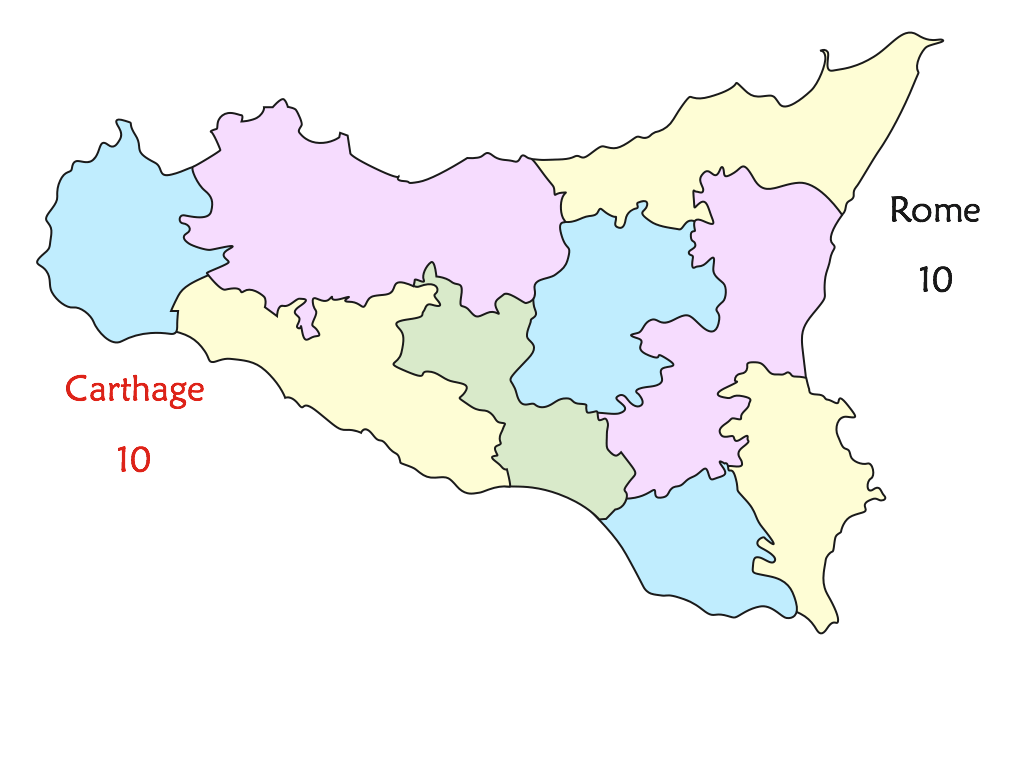 |
| The isle of Sicily | Aggression in the Punic Wars |
However interesting the historical element might be, by using a pre-determined map, the game does miss out on the region drawing in Stage 1 which is a tactical and strategic element of the game where the players create both opportunities and threats for Stages 2 and 3. By removing the region defining aspect, the players lose an opportunity for thinking about how they create the conditions that drive the later zones of control.
All variants and grumbles about gaming and mathematic culture aside Aggression is an engaging little game and worth a half-hour of your time.













